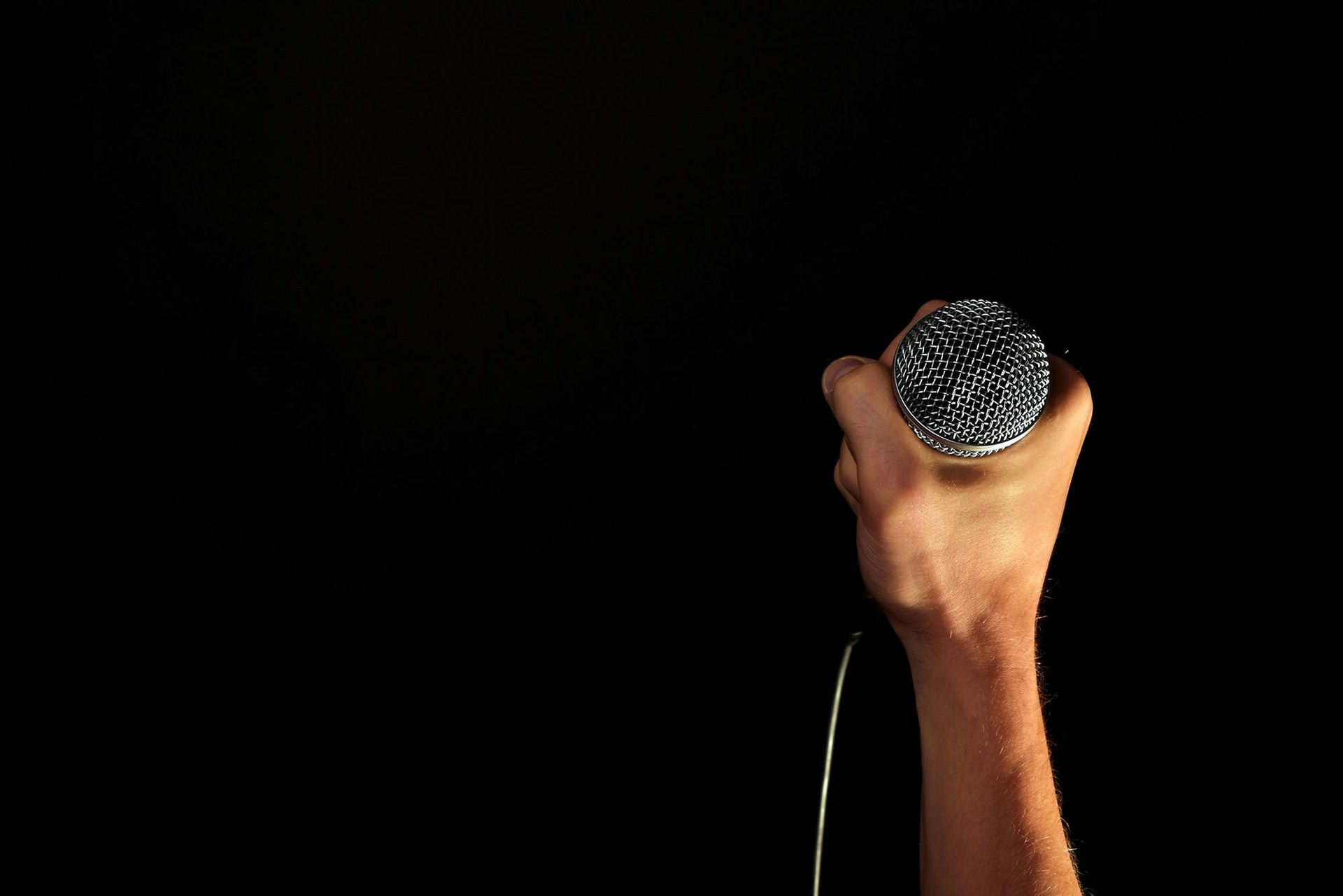The Gospel of Matthew
The King Has Come!
When people open the New Testament, they’re greeted with the Gospel of Matthew. But this is no accident. Matthew was intentionally placed first because it serves as a bridge between the Old and New Testaments, showing that Jesus is the long-awaited King and Messiah promised throughout the Scriptures.
Matthew answers the critical question any thoughtful reader of the Old Testament would have: Has God forgotten His promises? Israel had been waiting centuries for a Messiah. In Matthew, the answer thunders back: No—God has kept His word. The King has come. And His name is Jesus.
Whether you’ve read it before or you’re just getting started, here’s what you need to know about the Gospel of Matthew—its background, themes, key passages, and why it still matters today.
Author & Setting
Matthew, also called Levi, was a tax collector turned disciple of Jesus. His former life of exploiting his own people through Roman taxation makes his transformation all the more striking. It’s fitting, then, that his Gospel is full of the grace of a King who calls sinners into His kingdom.
Matthew wrote primarily for a Jewish audience. His Gospel is filled with references to Jewish law, customs, and prophetic fulfillment. Many scholars place the writing of Matthew between A.D. 50–65, prior to the destruction of the temple in Jerusalem. This timing is significant because it means Matthew was calling his fellow Jews to see that Jesus—not the temple, not the Law as they misunderstood it—was the true center of God’s redemptive plan.
Big Picture Theme
Matthew presents Jesus as the promised King from the line of David, the fulfillment of the Old Testament promises, and the true Savior of the world. In Him, the Kingdom of Heaven has arrived, not in political power, but through the reign of God in the hearts of His people.
Matthew's Gospel constantly presses the question: Will you submit to this King? The Kingdom of Heaven is here, but its arrival turns our expectations upside down. This King serves the lowly, suffers for His people, and establishes a kingdom marked by righteousness, mercy, and grace.
Key Verses
- Matthew 1:21
“She will bear a son, and you shall call his name Jesus, for he will save his people from their sins.”
- Matthew 5:17
“Do not think that I have come to abolish the Law or the Prophets; I have not come to abolish them but to fulfill them.”
- Matthew 28:18-20 (The Great Commission)
“All authority in heaven and on earth has been given to me. Go therefore and make disciples of all nations...”
Major Themes
- Jesus is the Promised King
Matthew begins with a genealogy that links Jesus to David and Abraham, rooting Him in God’s covenantal promises. Every Jewish reader would see this as a bold claim: Jesus is not just a good teacher; He is the rightful heir to Israel's throne. - The Kingdom of Heaven
Unlike the other Gospels, Matthew frequently uses the phrase “Kingdom of Heaven” rather than “Kingdom of God,” reflecting Jewish reverence for the name of God. This Kingdom is not geographic or political—it is spiritual, manifesting wherever people submit to the rule of Christ. - Fulfillment of Prophecy
Matthew uses the phrase “This was to fulfill what was spoken by the prophet...” over a dozen times. He makes it unmistakable: Jesus didn’t appear in a vacuum. His life, death, and resurrection are the fulfillment of centuries of prophecy. - True Righteousness
The Sermon on the Mount (Matthew 5–7) is a cornerstone of Christian ethics, where Jesus teaches that righteousness is more than rule-keeping—it is heart-deep transformation. The Beatitudes, the Lord’s Prayer, and teachings on forgiveness and love for enemies all come from this section. - Discipleship and Mission
Matthew culminates with the Great Commission (Matthew 28:18-20), where the resurrected Christ sends His followers to make disciples of all nations. The King's mission is global, and His authority universal.
Matthew’s Structure
Matthew’s Gospel is deliberately structured to teach and disciple. Scholars often note that the book is organized around five major teaching blocks, reflecting the five books of Moses (the Torah). This suggests that Jesus is not only the new Davidic King but also the new and greater Moses who delivers His people.
The five discourses include:
- The Sermon on the Mount (Ch. 5–7)
- The Mission of the Twelve (Ch. 10)
- Parables of the Kingdom (Ch. 13)
- Community Life and Forgiveness (Ch. 18)
- The Olivet Discourse on the End Times (Ch. 24–25)
By organizing his Gospel this way, Matthew presents Jesus as the Teacher who interprets the law, reveals the heart of God, and calls His people to follow in His ways.
Why Matthew Matters Today
Matthew helps us see that Jesus is not just an ancient figure or personal savior—He is the King of kings. In an age when people chase personal autonomy, self-made identities, and political saviors, Matthew reminds us that only one throne matters: the throne of Jesus Christ.
This Gospel also challenges us to rethink what it means to follow the King. The way of the Kingdom is humility, service, sacrifice, and faith. It’s not about worldly power but about spiritual renewal. In a fragmented, divided world, the Kingdom of Heaven brings peace, justice, and a new community called the Church.
How Matthew Points Us to Jesus
Every chapter in Matthew centers on Jesus:
- His birth fulfills prophecy (Matthew 1–2).
- His teaching reveals the ethics of the Kingdom (Matthew 5–7).
- His miracles demonstrate His authority over nature, sickness, and sin.
- His parables reveal the hidden realities of the Kingdom.
- His death and resurrection secure our salvation.
- His final commission sends His people to the nations.
In Matthew, we don't just meet a King—we meet a Savior, a Teacher, and a Shepherd for our souls.
Reflection Question
Have you bowed the knee to King Jesus?
Matthew shows that neutrality is not an option—you either follow the King or reject Him. In what ways might Jesus be calling you to align your life more fully with His Kingdom today?
Up Next in the Bible Series
Next, we’ll explore the Gospel of Mark—a fast-paced, action-driven account that reveals Jesus as the suffering servant and the Son of God.










